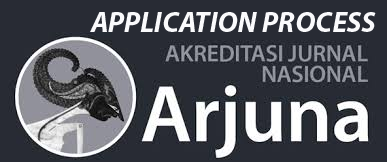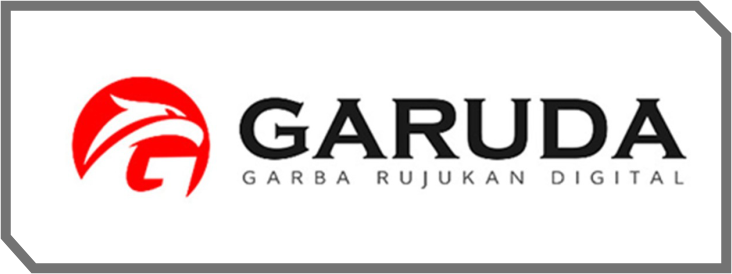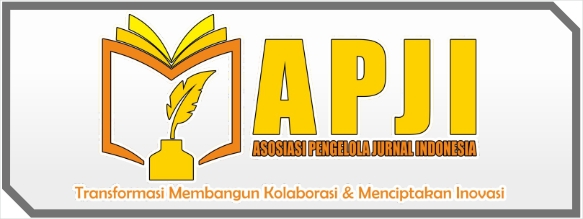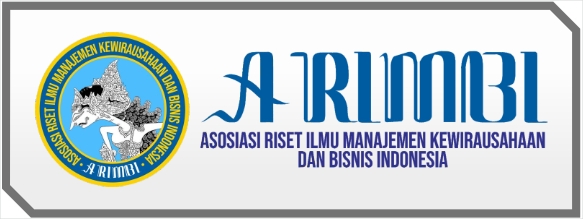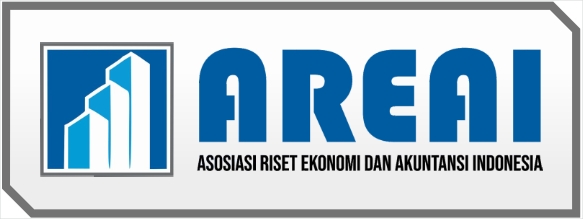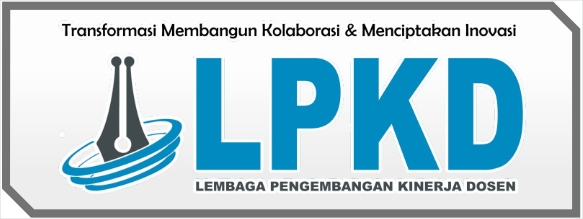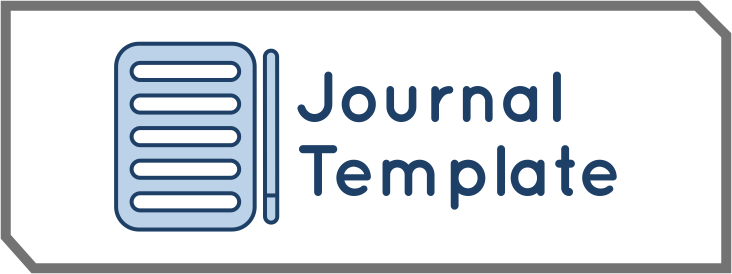Implementasi Model Pembelajaran Creative Problem Solving (CPS) Untuk Meningkatkan Kemampuan Berpikir Kreatif Siswa
DOI:
https://doi.org/10.58684/jarvic.v2i3.82Keywords:
Creative Thinking Ability, Creative Problem Solving (CPS) learning modelAbstract
This research aims to determine the improvement of students' creative thinking ability through the implementation of the Creative Problem Solving (CPS) learning model in the Element 10 of Public Relations and Protocol Management for grade XI MPLB students at SMK N 1 Sukoharjo. This research is a classroom action research, conducted over two cycles. Each cycle is carried out in four stages: planning, implementation, observation, and reflection. The data sources were obtained from informants (teachers who taught Element 10 of Public Relations and Protocol Management and grade XI MPLB students at SMK N 1 Sukoharjo), documents (teaching modules, student worksheets, student attendance lists, student test scores on creative thinking ability, observations of creative thinking ability, and observations of the implementation of the CPS learning model). Data collection techniques were conducted through tests, observations, and documentation. The validity of the data was tested using expert judgment and triangulation techniques. Data analysis techniques used quantitative data analysis (comparative descriptive) and qualitative data analysis (data reduction, data presentation, and verification). The results showed that the average score of pre-cycle creative thinking ability test was 39,93% with a mastery level of 11,11% categorized as less creative. In the first cycle, the average score of the creative thinking ability test increased to 59.72% with a mastery level of 38.89% categorized as moderately creative, and in the second cycle, the average score of the creative thinking ability test increased to 70,14% with a mastery level of 80,56% categorized as creative. Therefore, it can be concluded that the CPS learning model can improve the creative thinking ability of grade XI MPLB 1 students at SMK N 1 Sukoharjo.
References
Ananda, R. (2019). Penerapan Metode Mind Mapping Untuk Meningkatkan Kemampuan Berpikir Kreatif Siswa Sekolah Dasar. Edukatif : Jurnal Ilmu Pendidikan, 1(1), 1–10. https://doi.org/10.31004/edukatif.v1i1.1
Aziz, Z., & Prasetia, I. (2021). Model Pembelajaran Creative Problem Solving Dan Kemampuan Berpikir Kreatif Siswa. Jurnal EduTech, 7(1), 107–113. http://jurnal.umsu.ac.id/index.php/edutech/article/view/6661
Chalkiadaki, A. (2018). A systematic literature review of 21st century skills and competencies in primary education. International Journal of Instruction, 11(3), 1–16. https://doi.org/10.12973/iji.2018.1131a
Malisa, S., Bakti, I., & Iriani, R. (2018). Model Pembelajaran Creative Problem Solving (Cps) Untuk Meningkatkan Hasil Belajar Dan Kemampuan Berpikir Kreatif Siswa. Vidya Karya, 33(1), 1. https://doi.org/10.20527/jvk.v33i1.5388
Roslina, N. A. (2019). Model Pembelajaran Creative Problem Solving dapat Meningkatan Kemampuan Berpikir Kreatif dan Motivasi Belajar Siswa SMP Negeri 18 Banda Aceh. Jurnal Serambi Konstruktivis, 5(3), 248–253.
Septian, A., Komala, E., & Komara, K. A. (2019). Pembelajaran dengan Model Creative Problem Solving (CPS) untuk Meningkatkan Kemampuan Berpikir Kreatif Matematis Siswa. Jurnal Prisma Universitas Suryakancana, 8(2), 182–190.
Soesilo, T. D., Kristin, F., & Setyorini, S. (2022). Pengaruh Penerapan Model Pembelajaran Terhadap Kemandirian Belajar Di Masa Pandemi Covid-19 Pada Peserta Didik Di Sma Dan Smk Kota Salatiga. Satya Widya, 37(2), 79–91. https://doi.org/10.24246/j.sw.2021.v37.i2.p79-91
Syamsu, S. A., Yunus, M., & Masri, M. (2016). Penerapan Model Creative Problem Solving (CPS) untuk Meningkatkan Kemampuan Berpikir Kreatif Peserta Didik Kelas XI MIA 1 SMA Negeri 1 Bulukumba (Studi pada Materi Pokok Laju Reaksi). Jurnal Chemica, 17(2), 63–74.
Yusnaeni, Y., Corebima, A. D., Susilo, H., & Zubaidah, S. (2017). Creative thinking of low academic student undergoing search solve create and share learning integrated with metacognitive strategy. International Journal of Instruction, 10(2), 245–262. https://doi.org/10.12973/iji.2017.10216a


